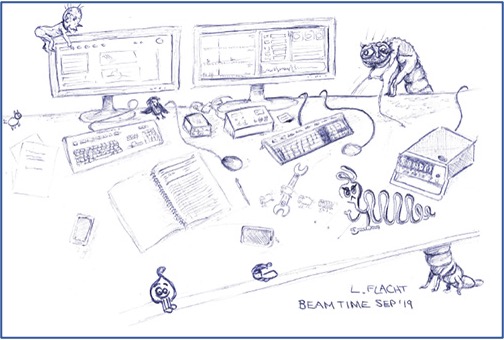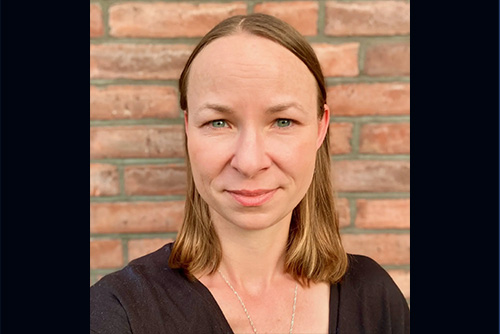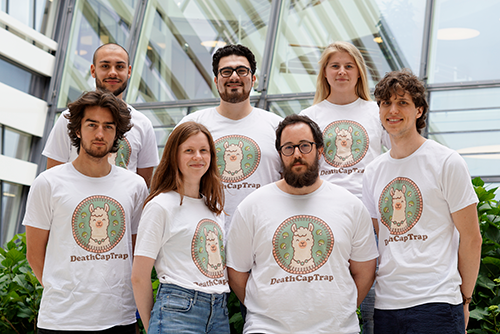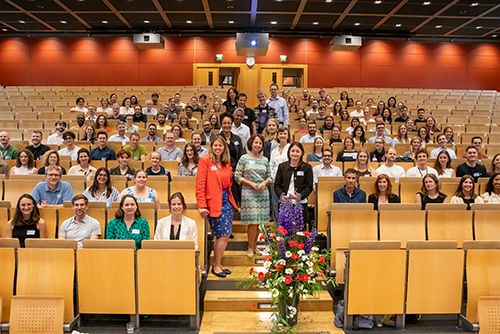Mechanisms of Infection
Over 130 scientists gathered in Hamburg, Germany, from May 7–8, 2025, for the 4th CSSB International Symposium, themed “Mechanisms of Infection: From Structure to Translation.” This dynamic two-day event explored how the latest breakthroughs in structural biology and microbiology are driving innovation in the fight against infectious diseases.
Leading researchers from academia and industry delivered insightful and inspiring talks across four thematic sessions: Viruses, Parasites, Bacteria, and Emerging Themes. Each session also highlighted up-and-coming talent through abstract talks, giving junior researchers the chance to present their work to an international audience.
Beyond the lectures, the symposium created numerous opportunities for scientific dialogue and networking. On Wednesday May 7th, around thirty researchers showcased their ongoing projects during a lively poster session. Poster prizes were awarded to Yuliia Mironova, Andrés Guillén Samander, and Guilherme Farias. Another symposium highlight was the Wednesday evening’s dinner and harbour cruise. As the sun set over Hamburg’s skyline, participants exchanged ideas in a more informal setting.
Two satellite meetings were held in conjunction with the symposium. On Tuesday, May 6th, the satellite meeting “Advancing Correlative Light and Electron Cryo-Microscopy: Bridging Molecular Precision and Tissue Architecture” explored the advances in Cryo-ET workflows and targeted FIB milling, the challenges in correlative Imaging and data integration and discussed future perspectives of cryo-CLEM. On Friday, May 9th, the satellite meeting “Beyond the Barrier: Advanced Microscopy of Pathogens in High-Biosafety-Containment Laboratories” brought together high-biosafety-containment and imaging experts to discuss scientific and technological developments as well as future needs.
"The success of this symposium highlights the power of collaboration across disciplines,” notes Holger Sondermann, CSSB’s Scientific Director and a member of the symposium organising committee. “By bringing together diverse perspectives, we are helping to accelerate the translation of fundamental research into real-world solutions for global health challenges."



